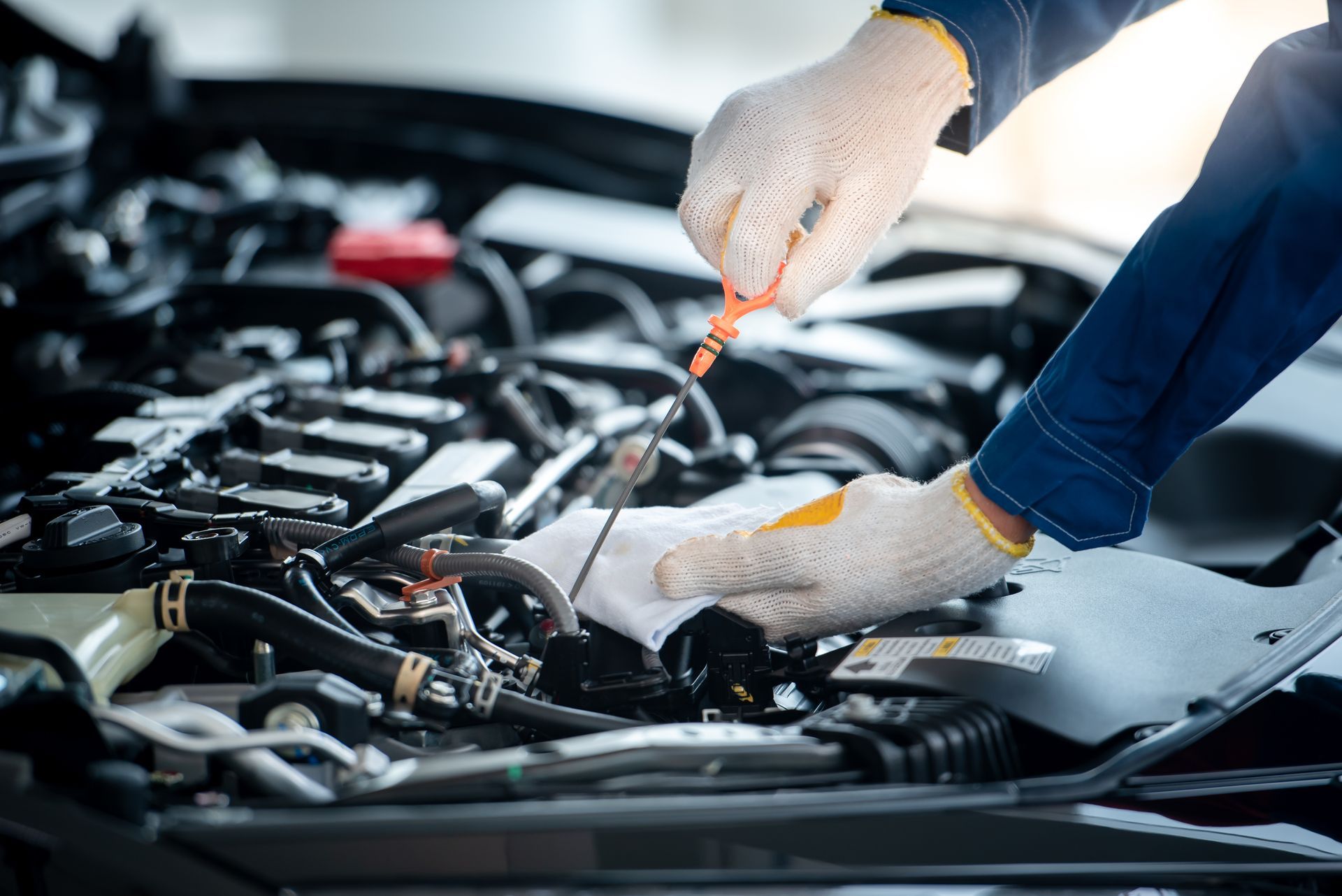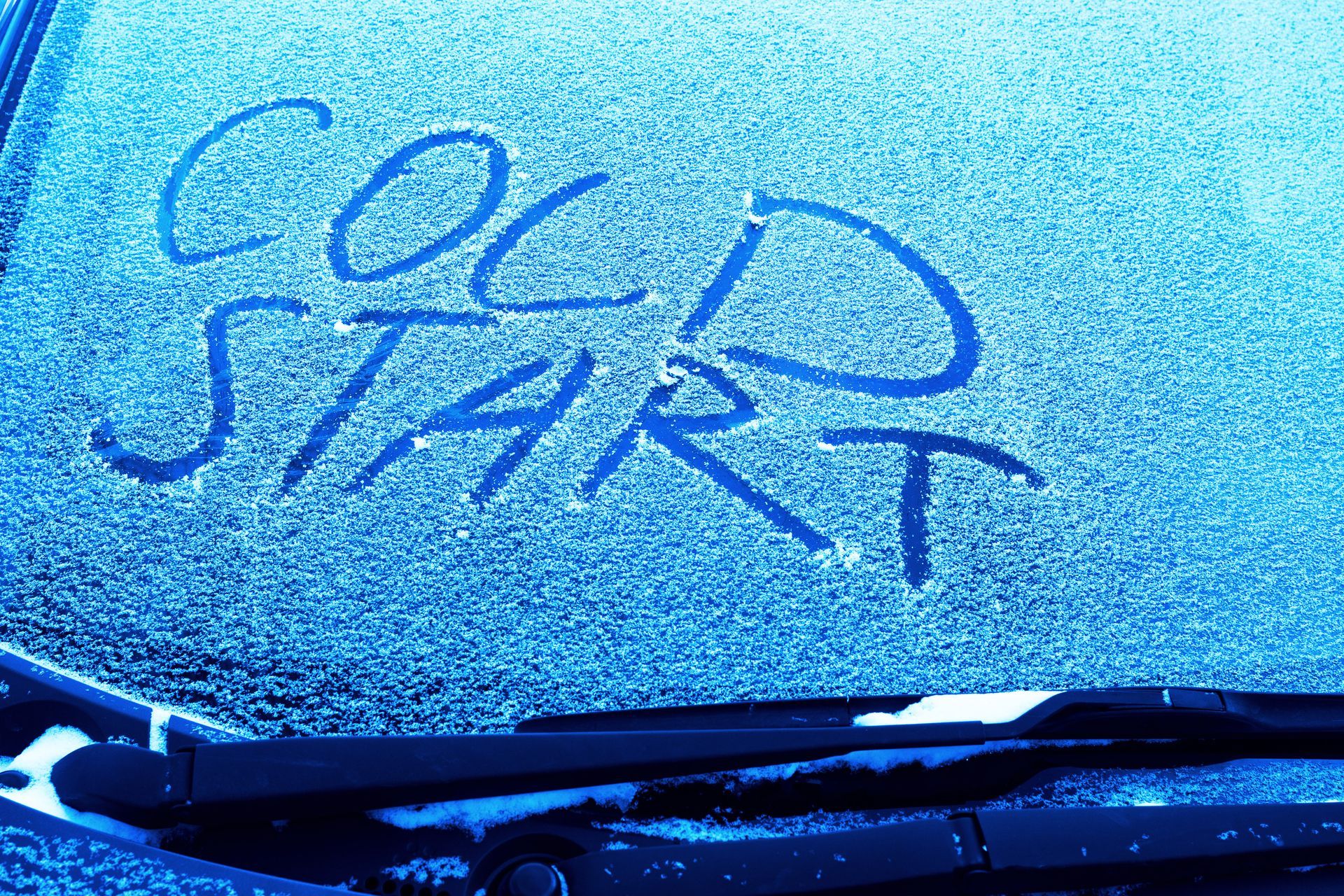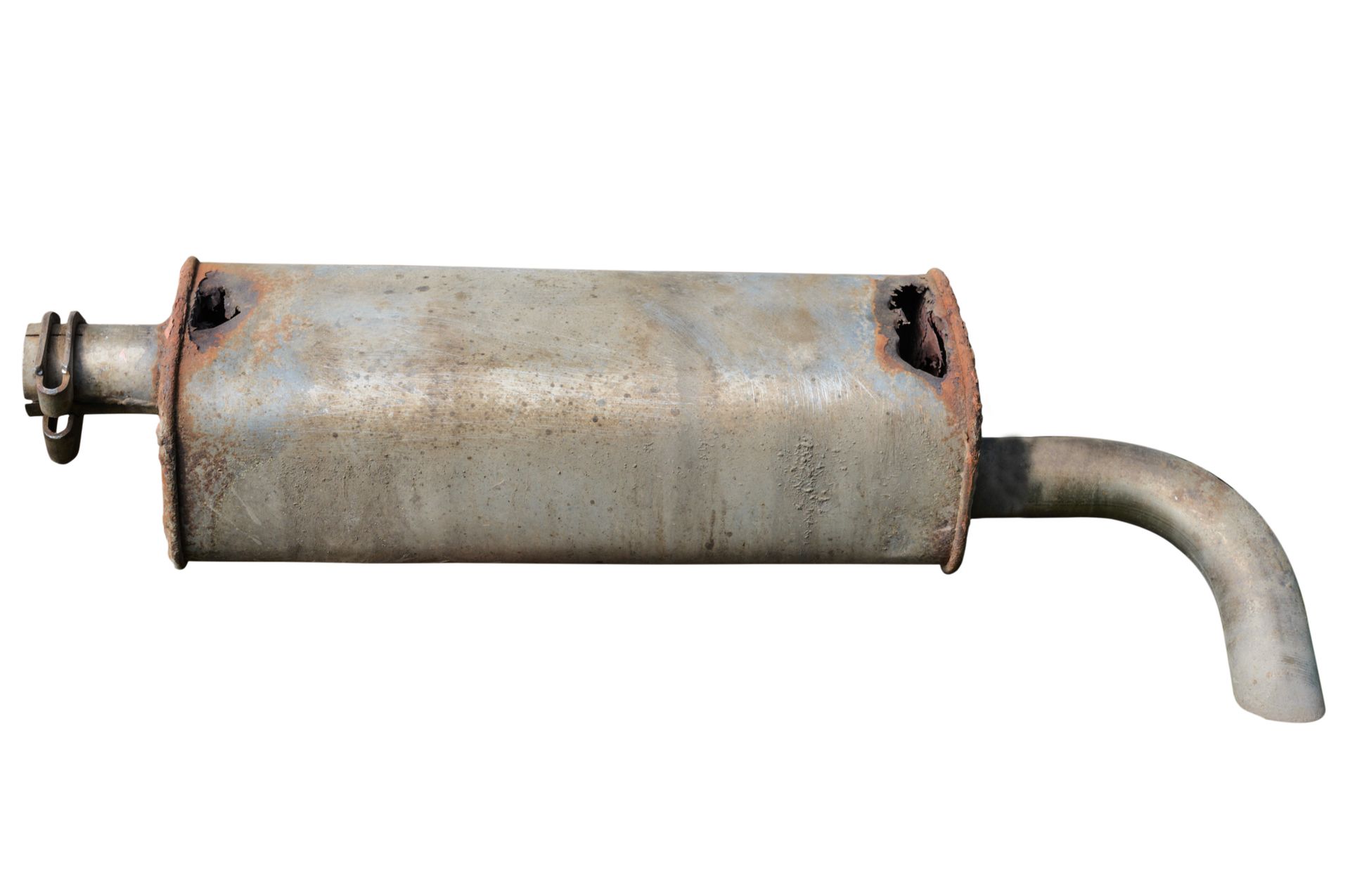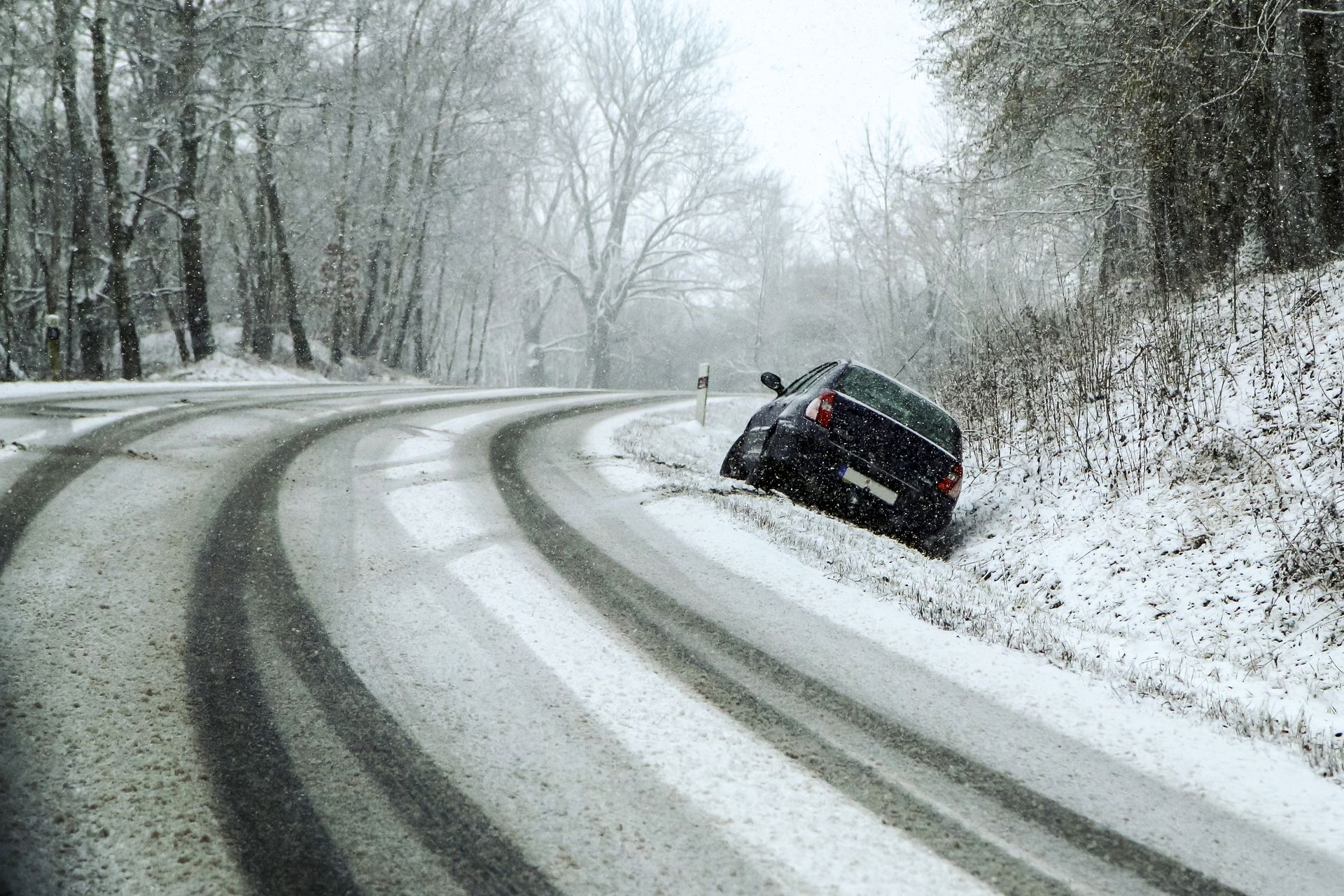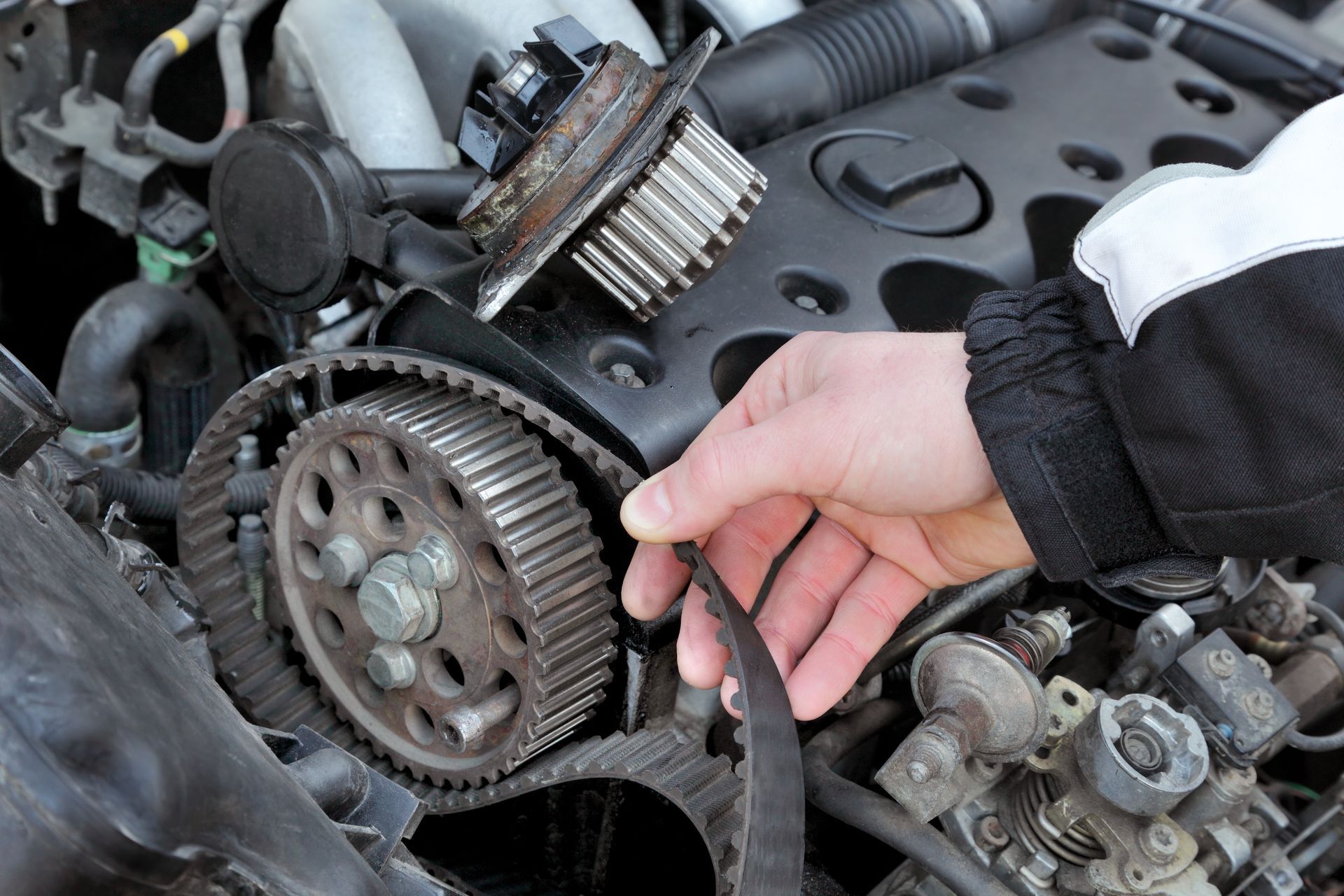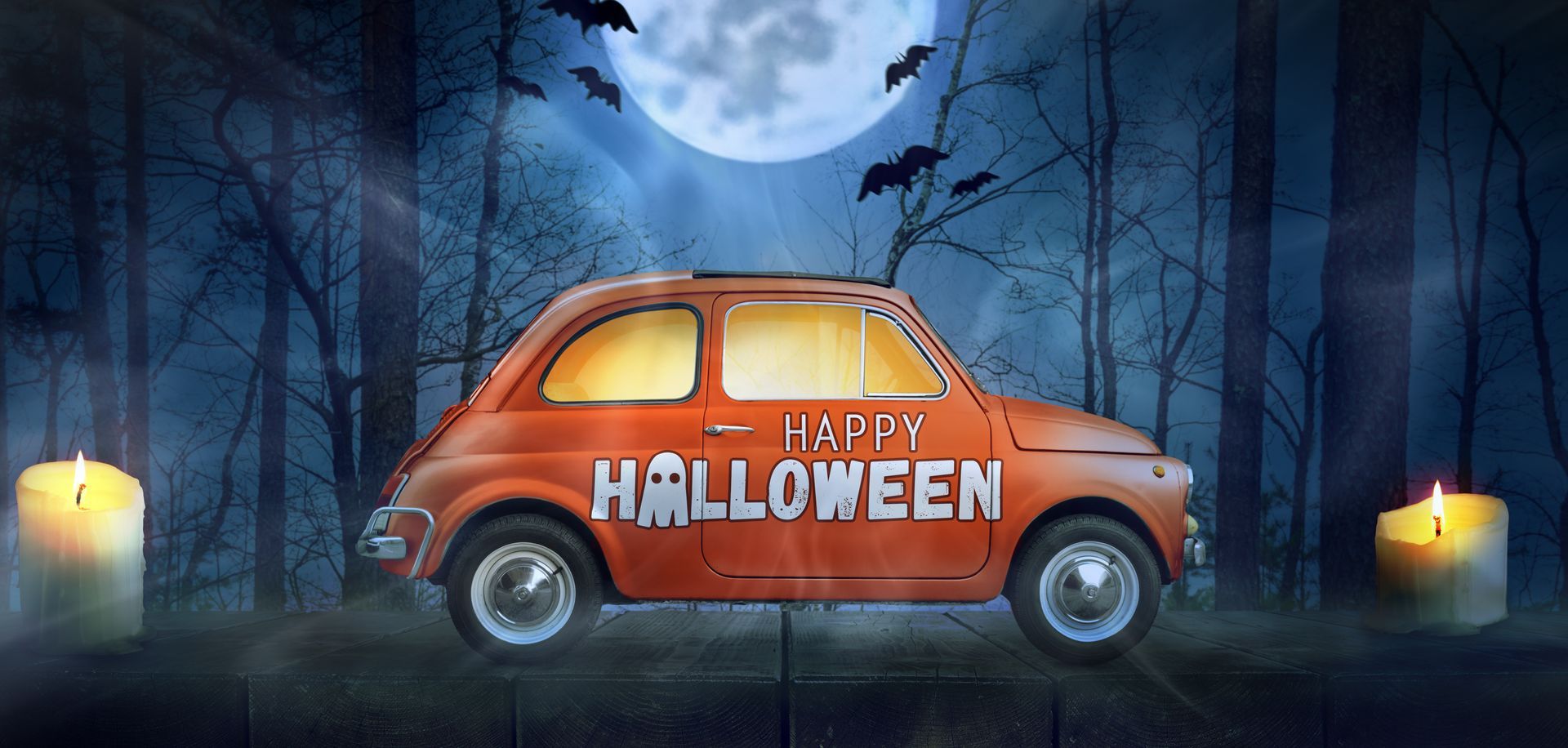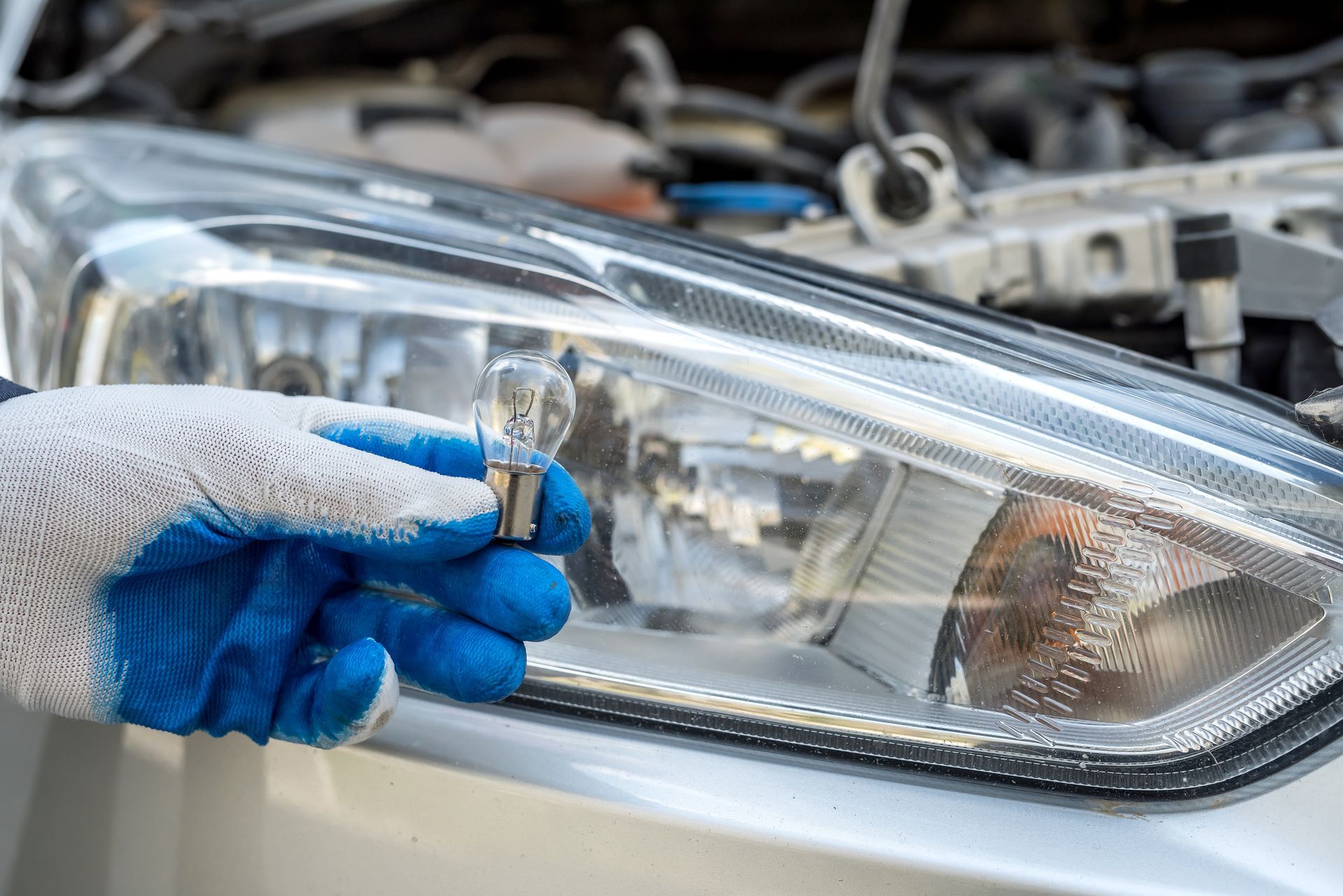Loading ...
Missing business hours data / Error occurred while getting the data.
Loading ...
Missing business hours data / Error occurred while getting the data.
How to Prevent Vehicle Collisions with Wildlife
July 25, 2024
Have you ever been driving along a serene countryside road, only to have your heart skip a beat as a deer suddenly appears in your path? Wildlife collisions are a serious concern, causing significant damage to vehicles and posing severe risks to both humans and animals. Understanding how to prevent these collisions can save lives, reduce injuries, and help preserve our wildlife. Let's explore some practical strategies to help you avoid these dangerous encounters.
Understanding the Risk
Wildlife collisions are more common than many people realize. Deer are the most frequently involved animals, but other creatures like moose, elk, and smaller animals can also be involved in these accidents. Most collisions occur at dawn and dusk when animals are more active and visibility is reduced. High-risk areas include rural roads, forested areas, and places where wildlife signs are posted.
Stay Vigilant and Aware
The first step in preventing collisions is to stay alert and aware of your surroundings, especially in areas known for wildlife activity. Reduce distractions by keeping your focus on the road and avoiding activities such as texting or adjusting the radio. Use your peripheral vision to watch for movement along the sides of the road. If you see one animal, slow down and be cautious, as others may be nearby. Many animals travel in groups, so where there is one, there are often more.
Adjust Your Speed
Speed plays a crucial role in preventing wildlife collisions. Slowing down gives you more time to react if an animal suddenly appears in your path. This is particularly important during the peak activity times of dawn and dusk. Driving at a reduced speed can lessen the severity of a collision if it cannot be avoided. Be especially cautious in areas where wildlife signs are posted, as these indicate regions with high animal activity.
Use Your Headlights Wisely
Your vehicle's headlights are vital tools for spotting animals on the road, especially at night. Use your high beams whenever possible, as long as it does not blind oncoming traffic. High beams can illuminate animals' eyes, making them easier to spot from a distance. Slow down and flash your headlights if you see an animal on or near the road. This can sometimes encourage the animal to move away from the road. However, do not rely solely on this method, as animals can behave unpredictably.
Understand Animal Behavior
Having a basic understanding of animal behavior can significantly reduce your risk of collision. For instance, deer are known to be unpredictable and may dart out into the road without warning. Moose, on the other hand, are less likely to flee from headlights and can be harder to spot due to their height. When startled by headlights, smaller animals like raccoons or foxes may freeze in place. Recognizing these behaviors can help you anticipate their movements and take appropriate action.
What to Do If a Collision Is Unavoidable
Sometimes, despite your best efforts, a collision with wildlife may be unavoidable. In such cases, knowing how to react can minimize damage and prevent injuries. If an animal suddenly appears in your path, try to remain calm and avoid swerving, as this can lead to a loss of control and a more severe accident. Instead, brake firmly and stay in your lane. If a collision is imminent, it is better to hit the animal rather than risk a rollover or hitting another vehicle.
After the Collision
If you do hit an animal, pull over safely to the side of the road and turn on your hazard lights to warn other drivers. Call emergency services if necessary to check yourself and any passengers for injuries. Do not approach the animal, as it may be injured and could react aggressively. Contact local authorities to report the accident and follow their instructions. Document the scene and damage to your vehicle for insurance purposes.
Stay safe on the roads with regular maintenance from
Shawnee Station Automotive. Book your appointment now and drive with confidence!
Loading ...
Missing business hours data / Error occurred while getting the data.
Call Us:
Loading ...
Missing nap lines data / Error occured while getting the data.

